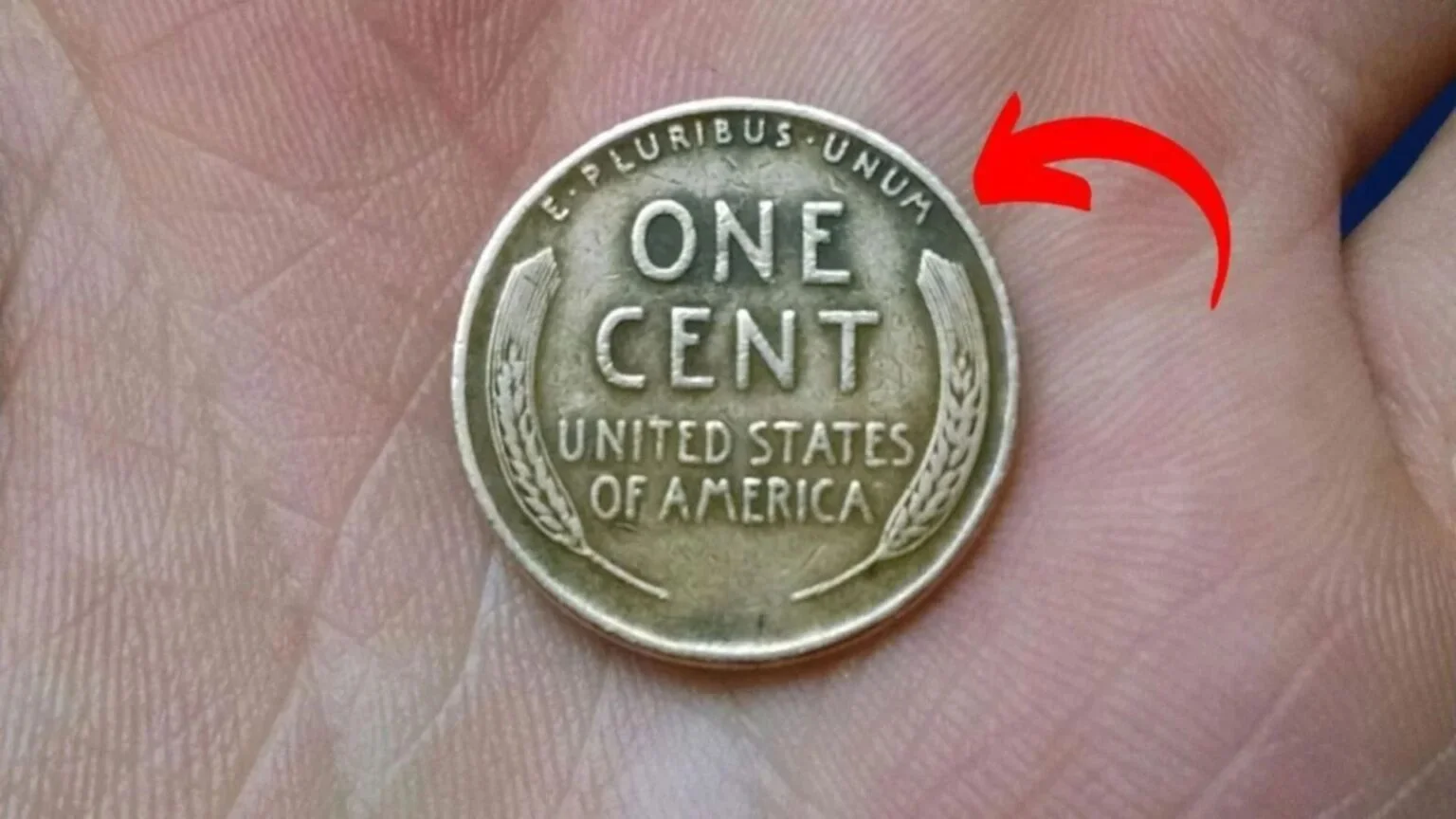Lincoln Wheat Penny Be a $510K : Imagine this you’re rummaging through your pocket change and spot a Lincoln Wheat Penny. At first glance, it seems ordinary. But what if that tiny coin could be worth $510,000? While it sounds unbelievable, in the world of coin collecting, it’s entirely possible.
In this article, we’ll explore why some Lincoln Wheat Pennies are so valuable, how to spot them, and tips to turn your spare change into a collectible treasure.
What Is a Lincoln Wheat Penny?
The Lincoln Wheat Penny is a classic U.S. one-cent coin minted from 1909 to 1958. The obverse features President Abraham Lincoln’s profile, while the reverse showcases two wheat stalks framing “One Cent”, giving it the nickname “Wheat Penny.”
Though most pennies are common, certain years and errors make them highly sought after by collectors and investors alike.
The History of the Lincoln Wheat Penny
The penny was introduced in 1909 to mark Lincoln’s 100th birthday. Designer Victor David Brenner created the obverse, marking the first time a real U.S. president appeared on circulating coinage.
The reverse wheat design represented America’s agricultural roots. Some early coins caused a stir due to Brenner’s initials (“V.D.B.”) appearing prominently. These were later reduced in size in 1918. During World War II, copper shortages led to steel pennies in 1943, but a few copper planchets mistakenly entered circulation—these are the ultra-rare pennies collectors dream about.
Why Are Some Lincoln Wheat Pennies Worth So Much?
Today, a Lincoln Wheat Penny’s value depends on scarcity, condition, and minting errors. Some key examples include:
- 1909-S VDB – low mintage with designer initials
- 1943 Copper (Philadelphia) – wartime error, only ~20 exist
- 1955 Doubled Die Obverse – dramatic letter doubling
A pristine 1943 copper penny recently sold for $510,000 because it’s one of only a few surviving specimens. These coins aren’t just collectibles—they’re pieces of history and potential investments.
How to Identify a Valuable Lincoln Wheat Penny
Here are some tips for spotting rare and valuable coins:
- Check the Date and Mint Mark – Look for “S” (San Francisco) or other key years like 1909, 1914, 1943, 1955.
- Inspect the Material – 1943 pennies should be steel; copper versions are extremely rare. Test with a magnet—copper won’t stick.
- Assess Condition – Higher-grade, uncirculated coins (MS60+) fetch top dollar.
- Get It Certified – Professional grading services like PCGS or NGC authenticate rare coins and increase value.
Quick Value Guide of Rare Lincoln Wheat Pennies
| Variety | Key Feature | Record Auction Price | Notes |
|---|---|---|---|
| 1909-S VDB | Low mintage with designer initials | $168,000 | First year, highly sought-after |
| 1914-D | Low mintage | $159,000 | Denver mint rarity |
| 1943 Copper (Philadelphia) | Wartime error | $510,000 | Only ~20 known |
| 1955 Doubled Die Obverse | Letter doubling | $125,000 | Dramatic minting error |
| 1944 Steel | Post-war error | $75,000 | Opposite of 1943 copper |
Expert Tips for Coin Collectors
- Handle Carefully – Use cotton gloves to avoid oils and scratches.
- Store Properly – Keep coins in albums away from sunlight and humidity.
- Join Collector Groups – Clubs like the American Numismatic Association provide insights and trading opportunities.
- Stay Patient – Rare finds take time; sorting coins methodically increases chances of discovery.
FAQs
Q: How can I tell if my Lincoln Wheat Penny is rare?
A: Check the date, mint mark, and material. Look for key years like 1909-S, 1914-D, 1943 copper, or 1955 doubled die.
Q: Are most Lincoln Wheat Pennies valuable?
A: No, common ones are worth only face value. Only rare errors or key dates fetch thousands of dollars.
Q: Where should I sell a rare coin?
A: Use reputable auction houses like Stack’s Bowers, certified coin dealers, or online platforms. Get professional appraisal first.
Q: Can I still find these coins in circulation?
A: Yes, but rare pennies are extremely uncommon. Check old collections, coin jars, or inherited change.
Conclusion
The Lincoln Wheat Penny is more than just pocket change—it could be a hidden treasure worth thousands, or even over half a million dollars. From historical significance to scarce minting errors, this humble coin offers both fun and potential financial reward.
Start examining your coins today—you might uncover a once-in-a-lifetime find!

